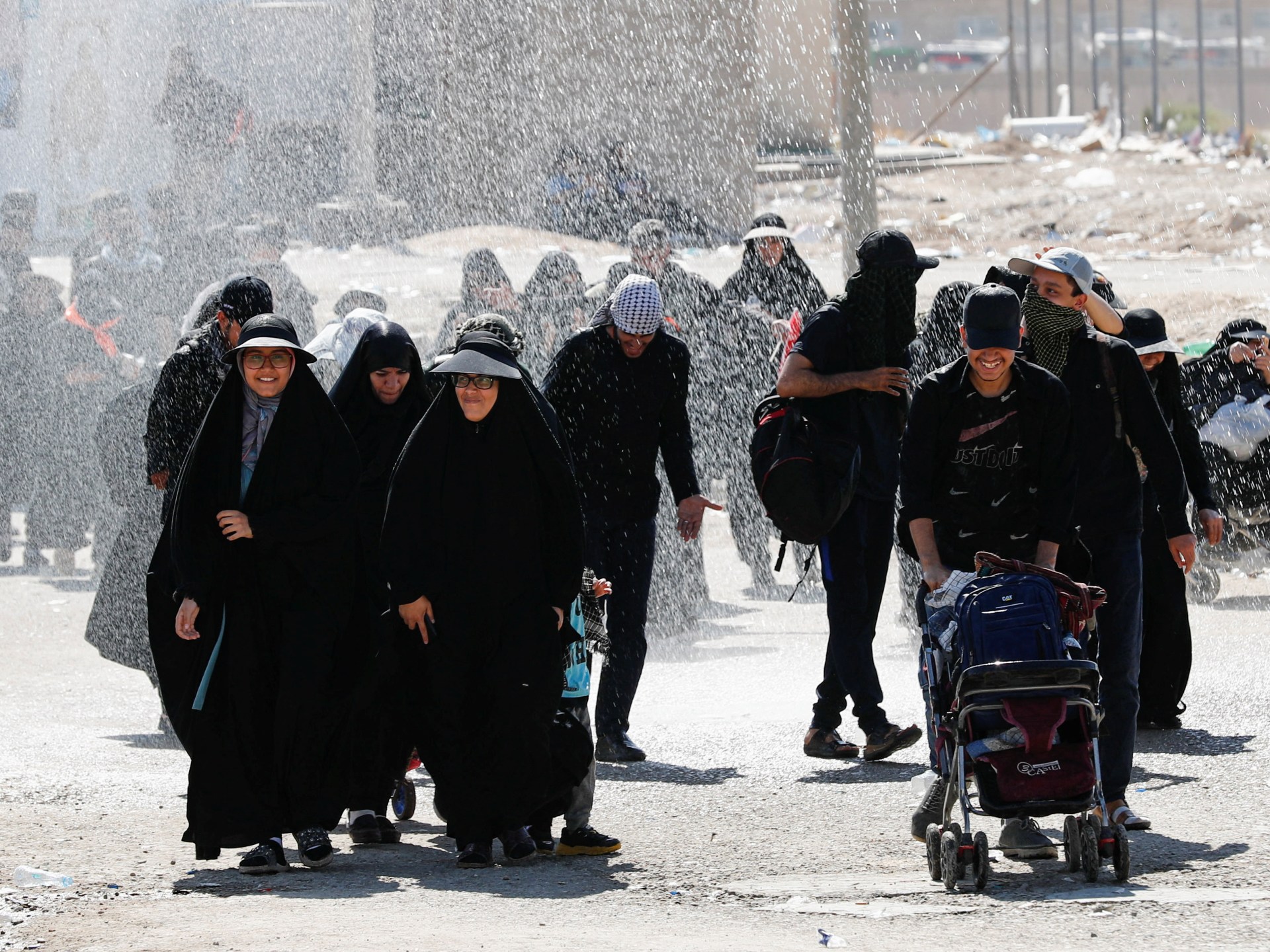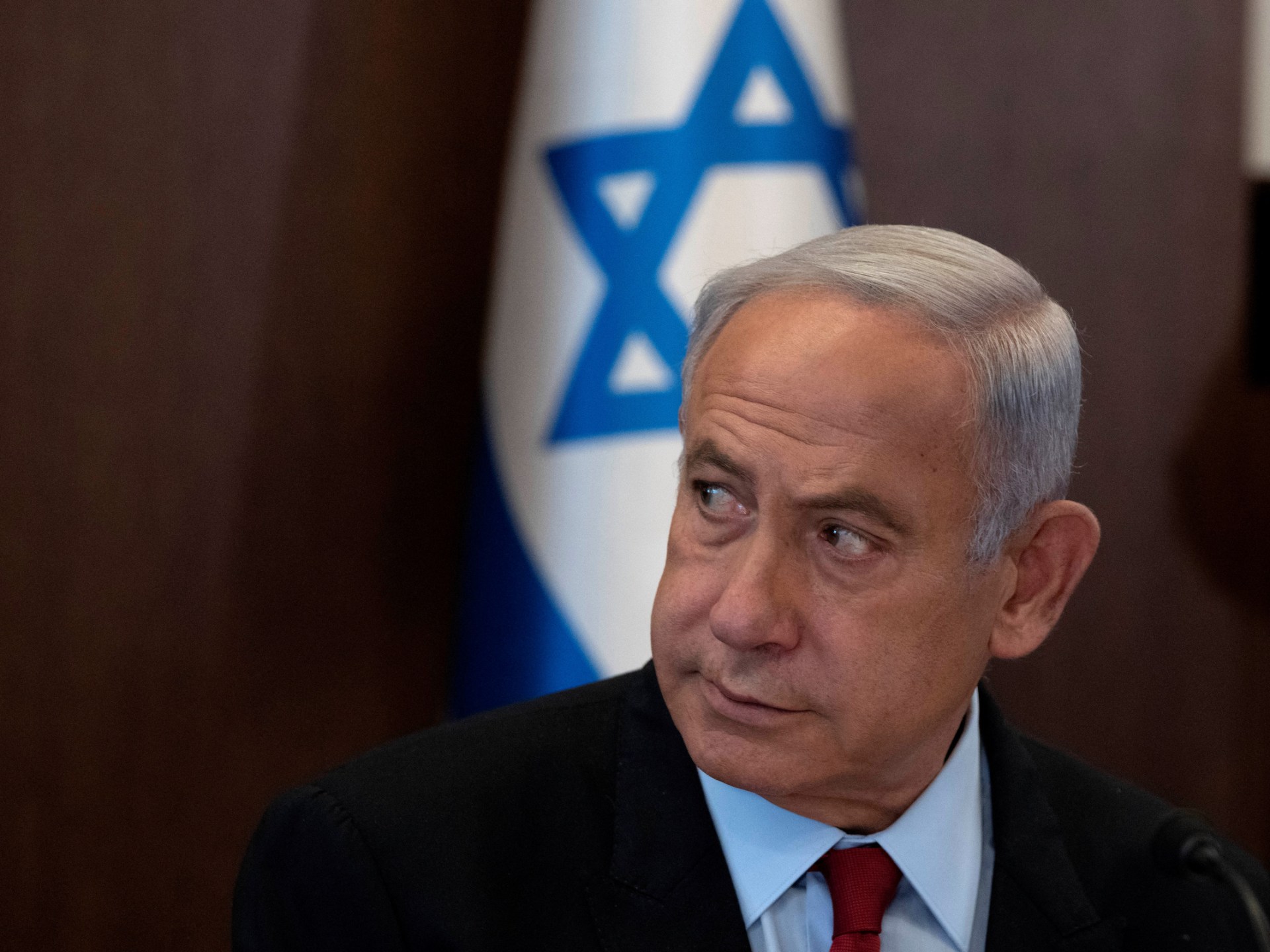Why is the Shalamcheh-Basra railroad so important to Iran and Iraq? | transport News
Tehran, Iran – Iran and Iraq have announced that work on a railroad linking the two countries that was initially envisioned decades ago has officially begun.
When complete, it will facilitate the movement of millions of Iranian pilgrims heading to holy sites in Iraq.
Iranian First Vice President Mohammad Mokhber and Iraqi Prime Minister Mohammed Shia al-Sudani marked the start of construction on the Shalamcheh-Basra railroad along their border on Saturday.
So what is the rail project, what are the challenges and why does it matter geopolitically to both countries?
What is the Shalamcheh-Basra railroad?
The railroad is to connect the Iranian border town of Shalamcheh with the southeastern Iraqi city of Basra to transport passengers and cargo.
Iranian officials said the 32km (20-mile) railroad will be completed in 18 to 24 months.
Tehran and Baghdad first inked an agreement to develop the route in 2014 but were forced to halt the project a short time later as the ISIL (ISIS) group conducted its violent offensive through large parts of Iraq.
Years passed without much progress, but after the security and political situation in Iraq improved, they committed to the project again in late 2021. However, they did not manage to achieve their target of completing the project within two years.
In April, Iraqi Transport Minister Razzaq Al-Saadawi visited Tehran and met his counterpart, Mehrdad Bazrpash, with plans on the railroad at the centre of their talks.
The agreements they signed led to last week’s announcement – the most promising so far for prospects of completing the project.
Mokhber told reporters last week that the two countries had envisioned the railway for decades with plans dating back to shortly before the Islamic Revolution in Iran in 1979.
As part of the project, Iran aims to build an overpass on the waterway that divides the two countries, known as the Arvand River in Iran and Shatt al-Arab in Iraq.
Officials said the bridge needs to be moveable because ships need to be able to pass under it.
What are the challenges?
Some of the challenges that have faced the project for years remain, but it appears the two sides now have an agreement on how to deal with them.
For one, the waterway will need to be dredged to be able to better accommodate both the movable bridge and the vessels that will pass under it.
It has been decades since the waterway was last dredged, reportedly since just before the 1979 revolution, so lots of sediment is believed to have accumulated at the bottom of the river.
Another challenge is that the Iraqi side has reportedly not begun construction of tracks on its own side of the border because it first needs to clear a vast area of mines, something that Iran has already done on its side.
The mines were planted during the Iran-Iraq War of the 1980s, which took place when then-Iraqi ruler Saddam Hussein invaded Iran and started a conflict that lasted for eight years.
There has been speculation over the years that Baghdad has been dragging its feet on the project with Iranian media speculating that the United States had been nudging it to slow down.
The railroad is ultimately envisioned to link Iran to the Mediterranean shores of Syria, connecting major countries in the so-called “axis of resistance” supported by Tehran.
Iranian media have also discussed suspicions that Iraq may be prioritising the Development Road project with Turkey over Shalamcheh-Basra.
Development Road, due to be completed in 2025, aims to use a railway and a parallel motorway to connect the southern port of al-Faw in Basra governorate to Turkey.
What is the railway’s geopolitical significance?
The railroad between Iran and Iraq could vastly benefit both countries but could perhaps prove more important to Tehran as it seeks to cement its regional position.
The administration of President Ebrahim Raisi is pursuing more than a dozen major rail projects as the country expands its national network and works on regional integration.
The Shalamcheh-Basra railroad is to also connect Iran to Najaf and Karbala in Iraq, easing the burden of transporting millions of pilgrims who go through Iran to the Muslim holy sites in those cities.
The project will also help Iran, which is still under harsh US sanctions after Washington’s 2018 unilateral withdrawal from the Iran nuclear deal. Iran should benefit from improved transportation and more trade as it positions itself at the centre of major transportation lines.
Railways have proven central to the International North-South Transport Corridor, an ambitious project that envisions connecting India to Central Asia and Russia via Iran.




